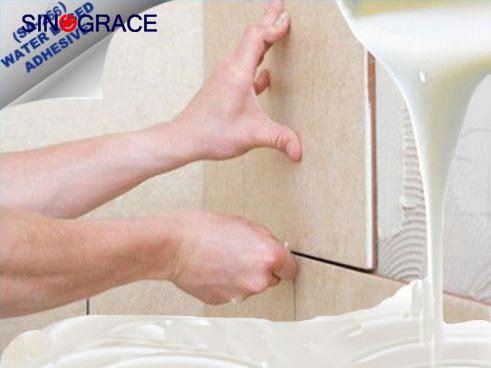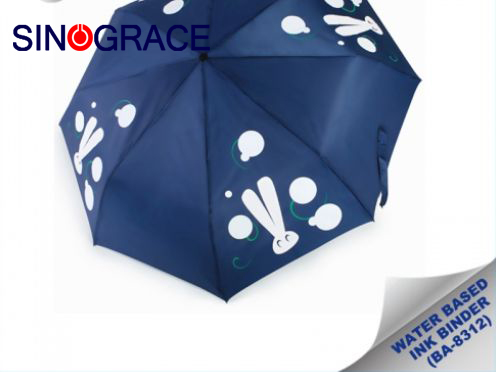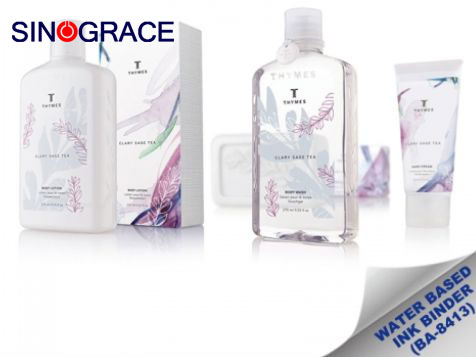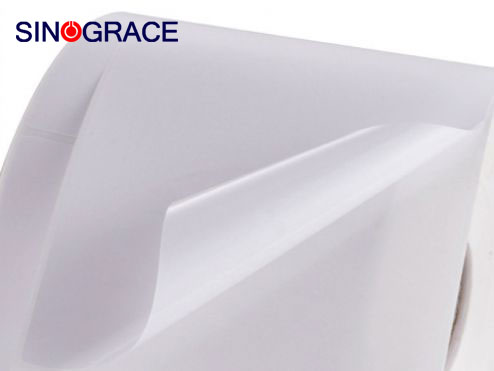What is flexo printing ink
Flexo printing ink characteristics: 1 Water-based ink (mainly used for paper printing) Water-based ink is the biggest characteristic, the use of water-soluble or water-dispersive resin as a linker, reduce the discharge of organic volatile matter, it can completely eliminate some toxic substances to the human body and the pollution of packaging goods.Water-based ink makes less investment in environmental protection, no need to set up fire protection device solvent recovery pollution-free discharge device.Water - based ink viscosity stability in use, do not need viscosity control equipment.Printing machine is easy to clean and low cost, strong coloring power.However, the disadvantage of water-based ink is not suitable for film printing, slow drying speed, poor gloss, poor water resistance, affect the paper scalability and corrosion of the printing press. 2 solvent (including alcohol soluble) inks (mainly used for plastic printing) Solvent-based ink is a kind of ink commonly used in various printing methods, with bright color, fast drying speed, good gloss and so on.In recent years, in the packaging printing of plastic film, flexographic printing ink is vigorously promoting the application of alcohol-soluble ink, because alcohol solvent is the least toxic organic solvent, and there is no corrosion and damage to the flexible version.Good alcohol-soluble ink has the advantages of good fluidity, good drying speed, strong adhesion, strong gloss and bright color.Of course, alcohol solvents are harmful to the environment and safety. 3 Flexible UV ink (universal, paper and plastic film can be printed) UV ink is the use of a certain wavelength of ultraviolet radiation, through the photochemical reaction, so that liquid UV ink into solid ink,UV ink features: safe and reliable, no solvent emissions, non-flammable, no pollution of the environment, suitable for food and drink, tobacco, alcohol, drugs and other health conditions require high packaging printed matter.Flexo PRINTING UV ink in the field of instrument packaging in foreign applications for many years, without any problems. Anhui Sinograce Chemical Co., Ltd.(Sinograce Chemical) is mainly engaged in the business of chemical products,such as printing ink.Sinograce Chemical is mainly engaged in the business of screen printing ink and other product series.Good materials, advanced production technology, and fine manufacturing techniques are used in the production of chemical liquids. It is of fine workmanship and good quality and is well sold in the domestic market.Welcome to learn about flexible ink customers, please contact the business email vivisinograce@outlook.com
read more

 English
English français
français русский
русский español
español العربية
العربية








